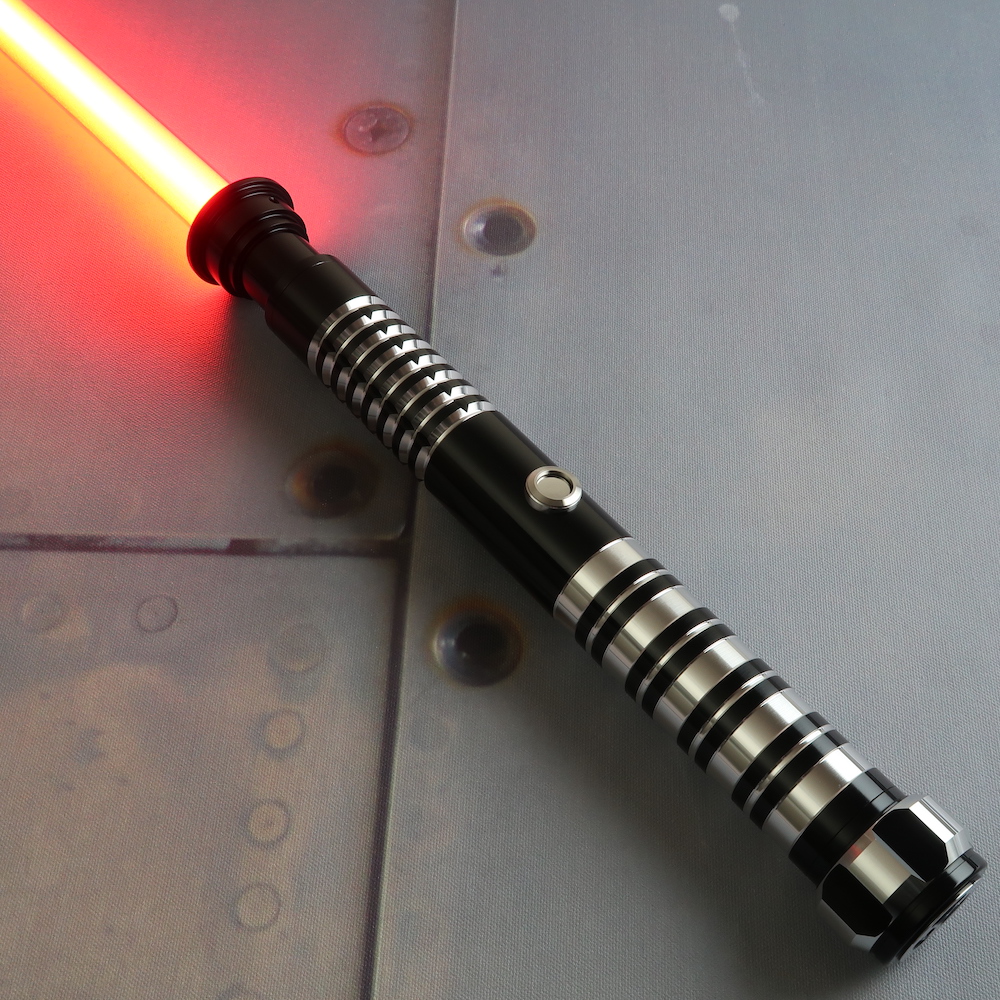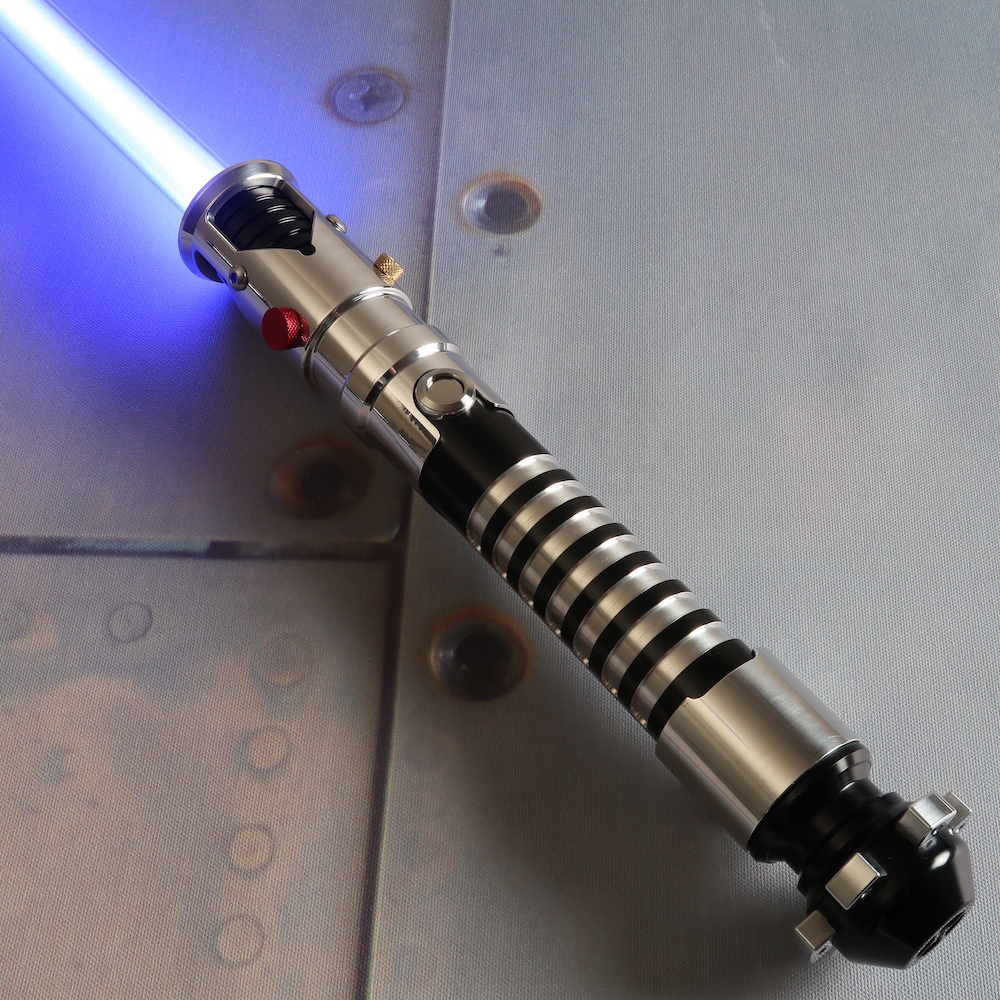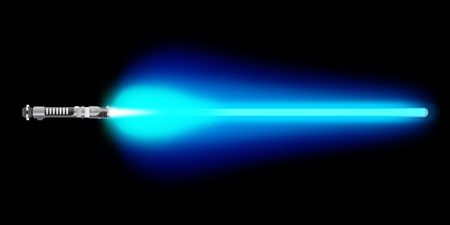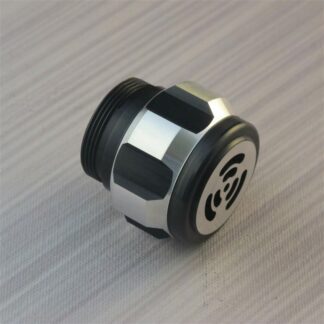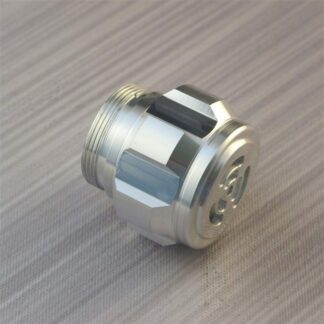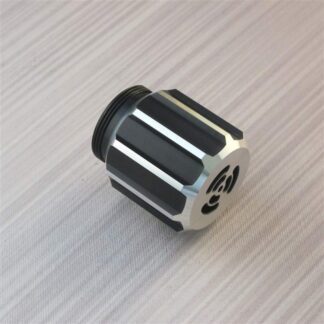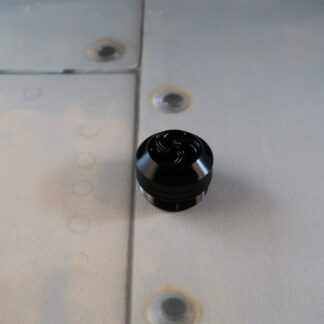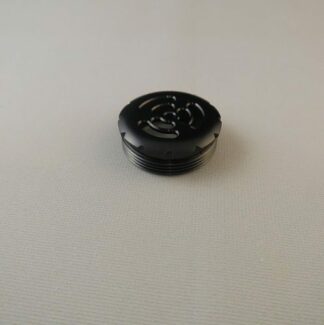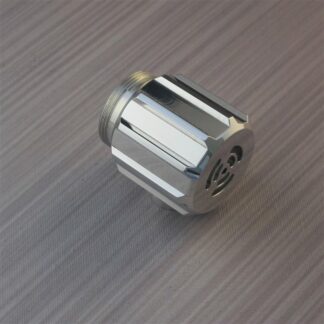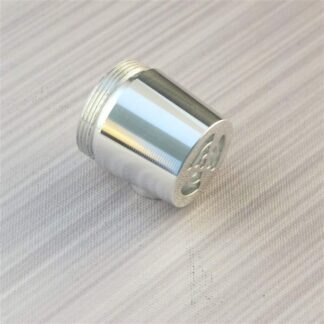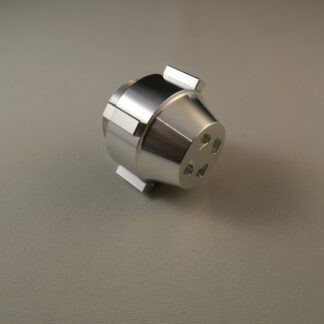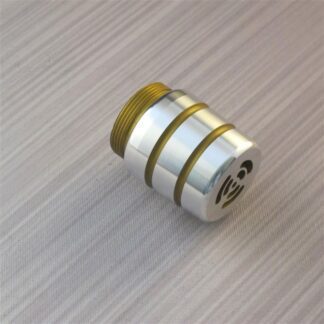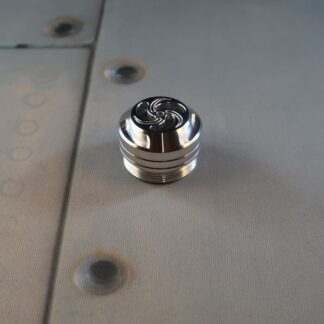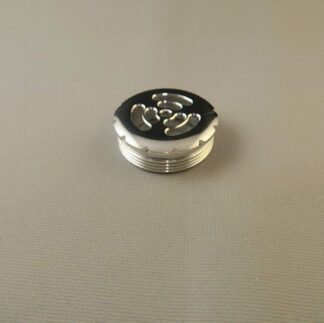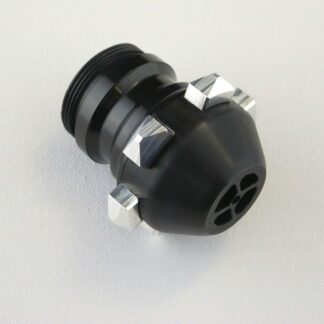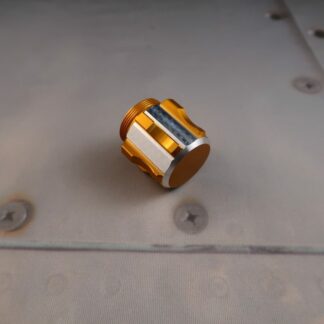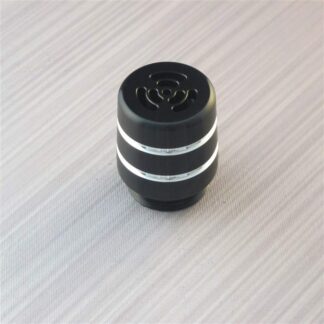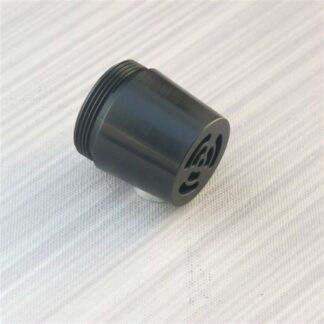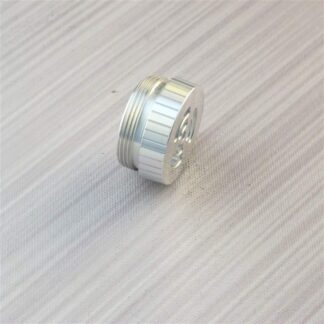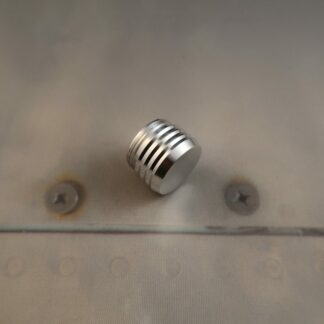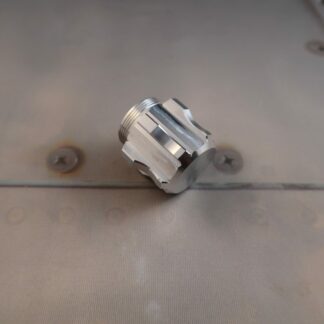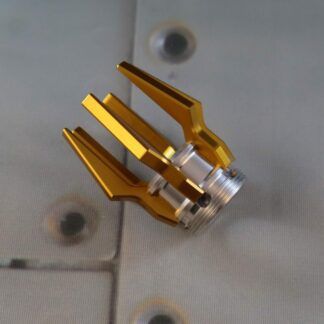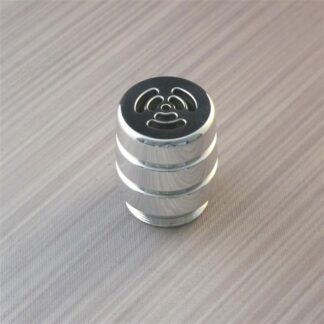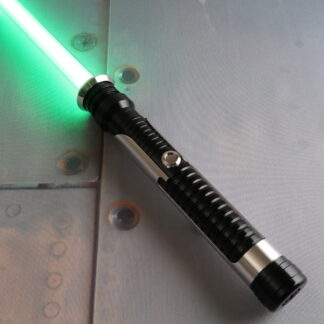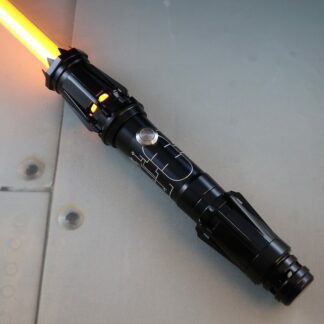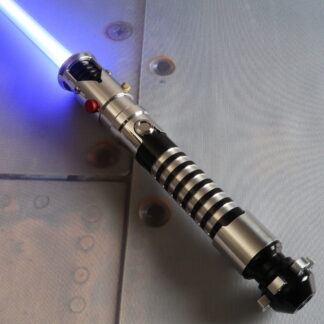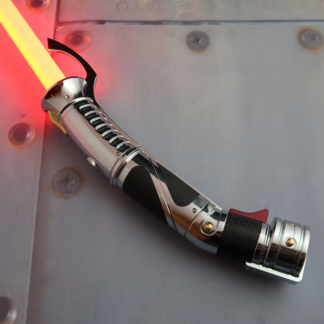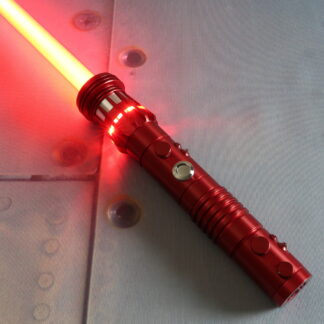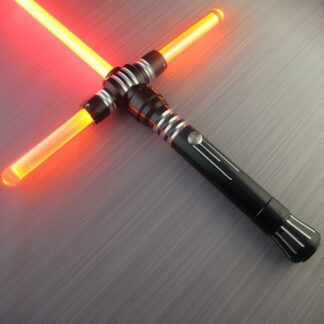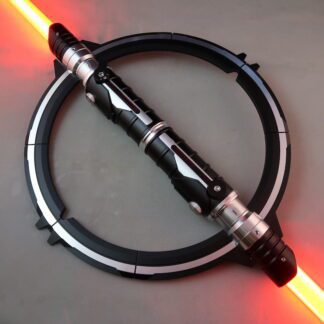Saber Construction: What is the Pommel on a Lightsaber?
Understanding the basics of lightsaber components can help Star Wars fans feel closer to the Jedi and Sith who wield them and gives builders an edge when crafting a custom lightsaber replica. This guide answers a key question in saber construction: What is a lightsaber pommel?
The Pommel of a lightsaber is the bottom-most piece of the hilt, located at the end of the weapon when held upright. What is a pommel on a sword? In traditional sword making, the pommel is a counterbalance, ensuring stability and control during strikes, a principle mirrored in modern lightsaber combat styles.
By the 11th century, swordsmiths began refining their craft with a deeper understanding of physics and equilibrium. Adding this weighted piece allowed smoother swings and more effective blows, revolutionizing traditional combat. Centuries of sword-making, along with sword fighting, fencing, and martial arts techniques, directly influenced how Star Wars creators designed lightsabers and choreographed the dynamic combat movements.
As weapon design advanced, the pommel transformed from a simple counterweight into an elegant piece of artistry and personal identity.
Explore Types of Pommels For Your Lightsaber Replica
The Role of the Pommel in Lightsaber Construction
Turning our attention to the hilt of our favorite weapon from a galaxy far, far away, we can see that a pommel is a must-have across the board in Jedi iconic blue and green blades and Sith red saber designs. Yet, it introduces a unique paradox: the lightsaber blade is made of energy, weightless plasma contained by a magnetic field. So what role does the pommel play if there’s nothing to balance?
A lightsaber pommel is typically machined from a single piece of durable metal (Ultrasabers’ replicas are constructed with aircraft-grade T6 aluminum), adding subtle weight and stability to the hilt. Functionally, it serves as a housing for power cells and resonance chambers, sometimes doubling as a sound emitter or backup energy source, depending on the saber’s design.
For a truly personalized experience, consider changing out the pommel on your MHS (modular hilt system) compatible lightsaber with one from our Ultrasabers’ pommels page.
Pommel Designs: Jedi vs. Sith
Pommel aesthetics vary greatly depending on the wielder’s Force alignment and personality. Throughout Star Wars lightsaber history, saber construction has reflected ideology and identity, with Jedi and Sith expressing their philosophies through one-of-a-kind lightsabers.
Jedi Lightsaber Pommels
A Jedi Knight, like Anakin Skywalker and his storied blue lightsaber, is sworn to defend those who cannot protect themselves, and seldom draws their blade outside of lightsaber battle. Much of their conflict can be resolved with the Force or a simple mind trick. For this reason, Jedi lightsaber pommels tend to be streamlined and elegant, completing the weapon’s design without demanding attention. These minimalist lightsaber pommel caps suggest discipline, clarity, and restraint, traits mirrored in The Guardian Nickle Plated Pommel (especially with The Guardian Lightsaber), whose squared, turreted cap delivers fineness and balance in combat.
Join The Light Side With a Custom Jedi Lightsaber
Sith Lightsaber Pommels
Sith Lords, fueled by anger and ambition, take a different approach. Their lightsaber pommels are often ornate and aggressive, featuring spikes, claws, or heavy counterweights that match their dominating combat styles. For instance, The Scorpion Pommel (especially with The Scorpion Lightsaber) embodies Sith ferocity with its spiked aggressor design, adding weight and intimidation to every swing. While many Sith were once Jedi, echoes of their former training still influence their weapon expertise, a blend of elegance and brutality unique to the Dark Side.
Join The Dark Side With a Custom Sith Lightsaber
Customization & MHS Lightsaber Pommel Compatibility
At Ultrasabers, we offer MHS (Modular Hilt System) compatible hilts, allowing you to mix and match components across different models, including our popular Savior and Manticore Lightsabers. Many fans collect multiple replicas and swap MHS-compatible pommel designs to fine-tune balance, adjust handling, or enhance their saber’s visual appeal, always resulting in a personalized weapon that perfectly balances exquisite engineering with a striking appearance.
Build Your Own Lightsaber
Want to experiment with different types of pommels or design your own saber from scratch or based on one of your favorite saber-wielding characters? Create a hilt that matches your fighting style, from ceremonial display pieces to full-contact dueling sabers, plus perfect cosplay pieces that will turn heads.


